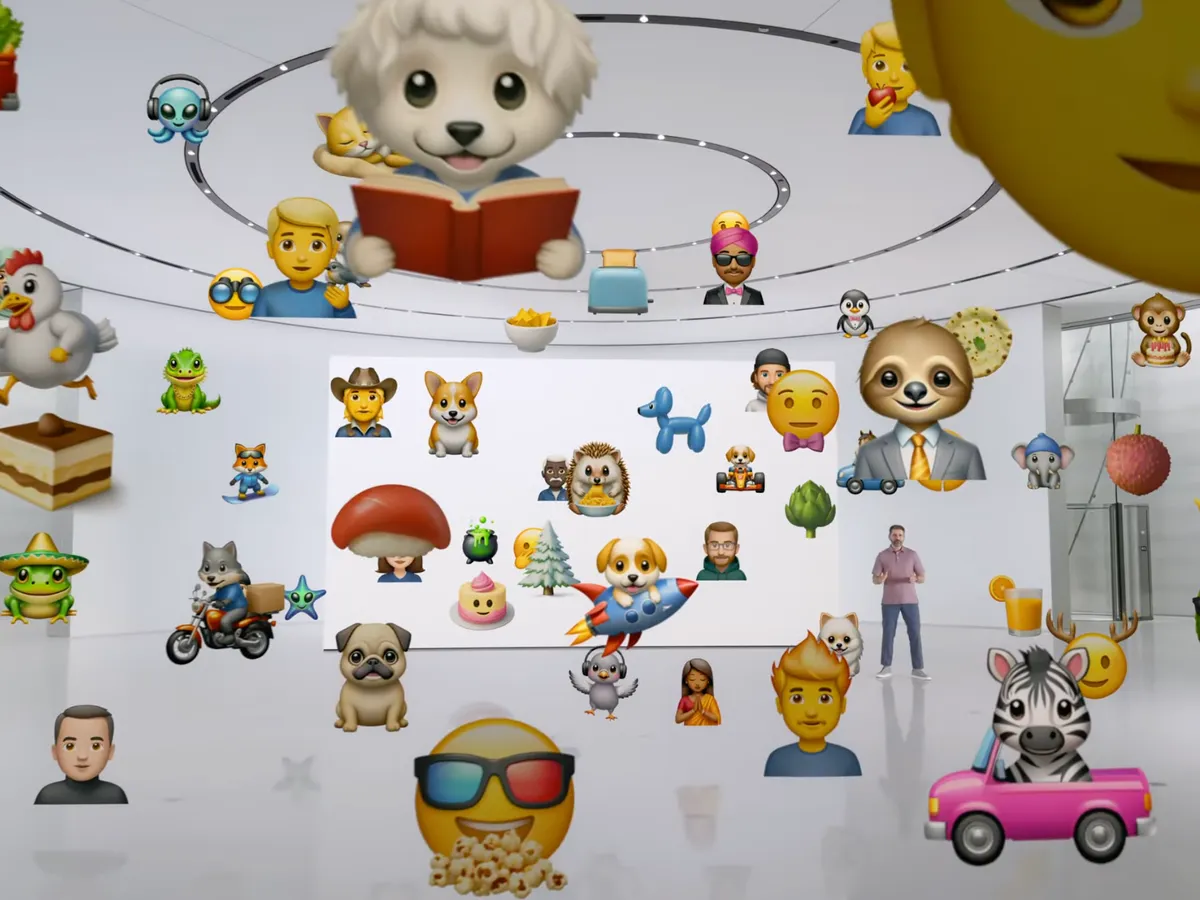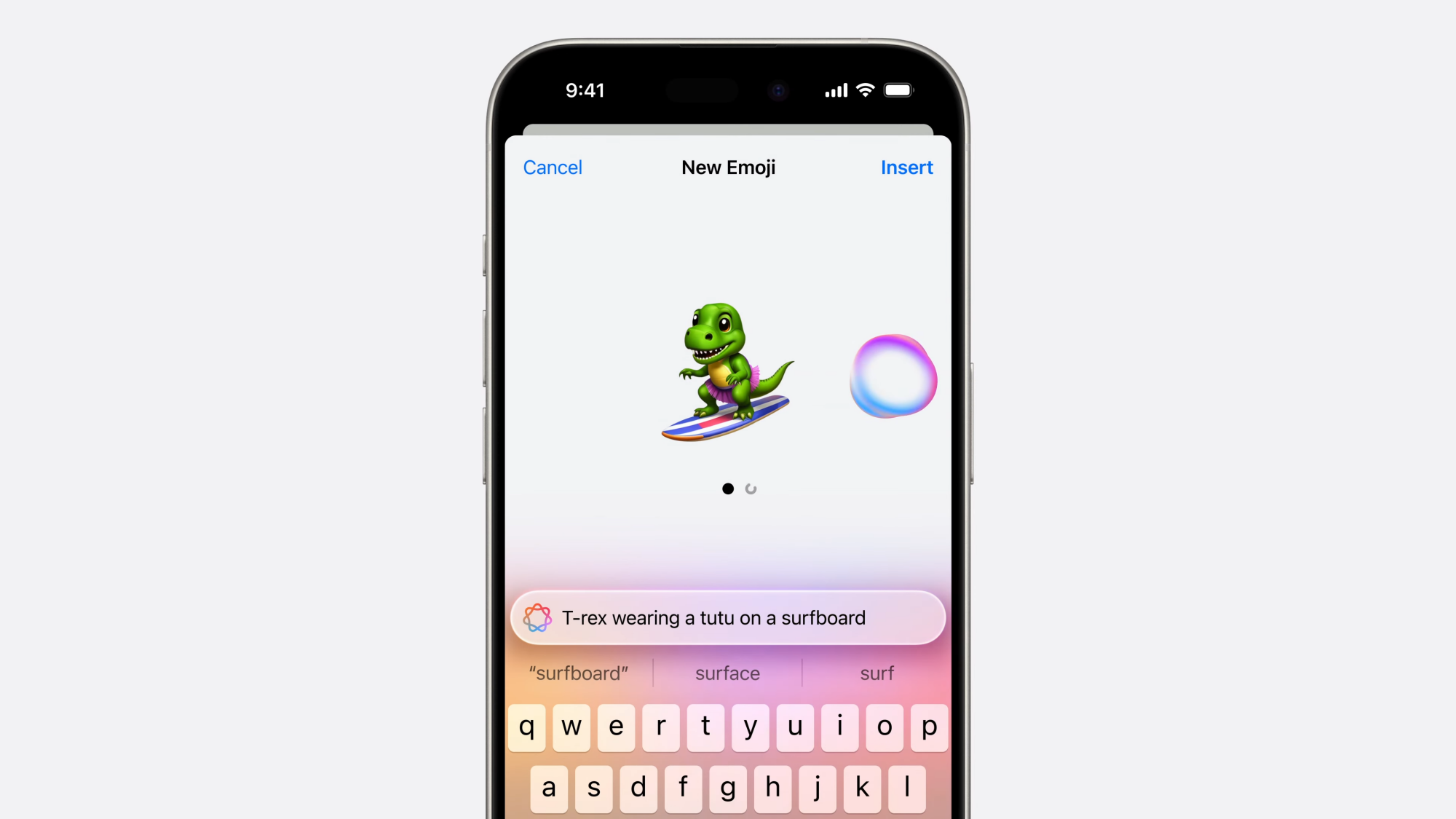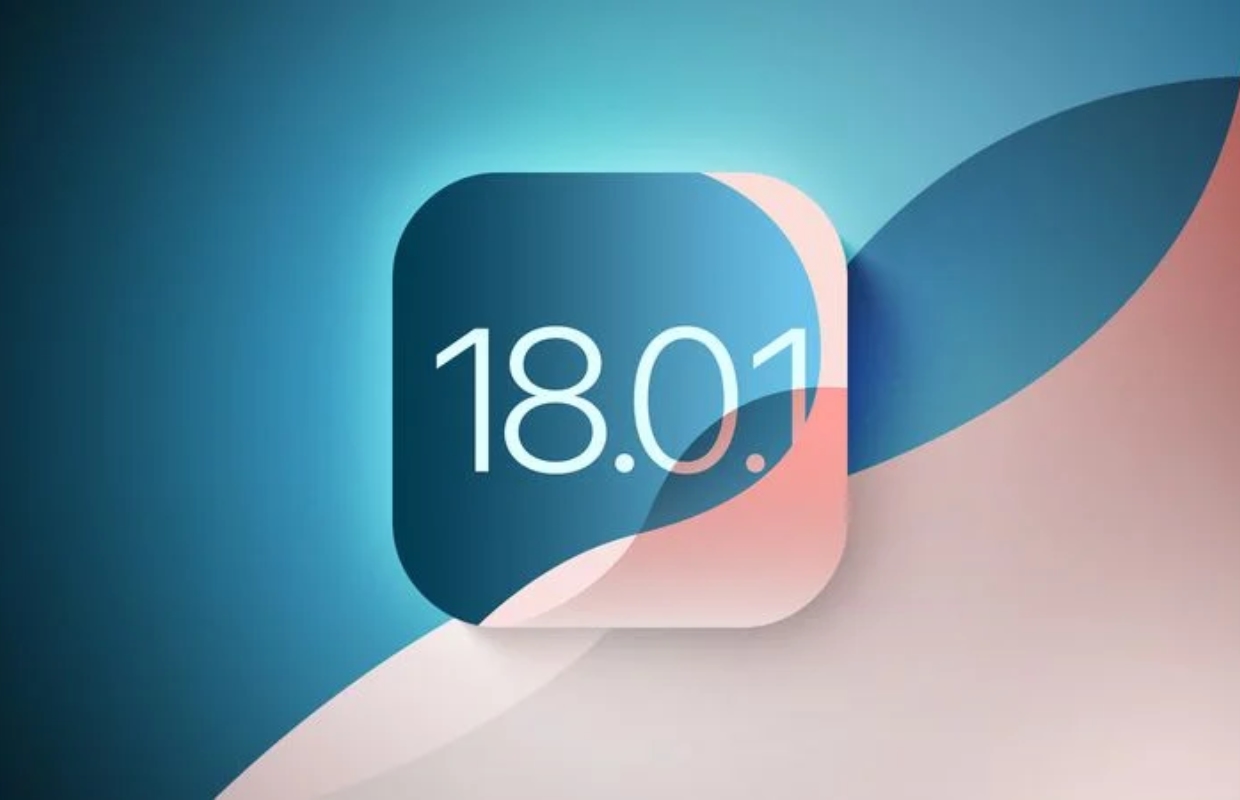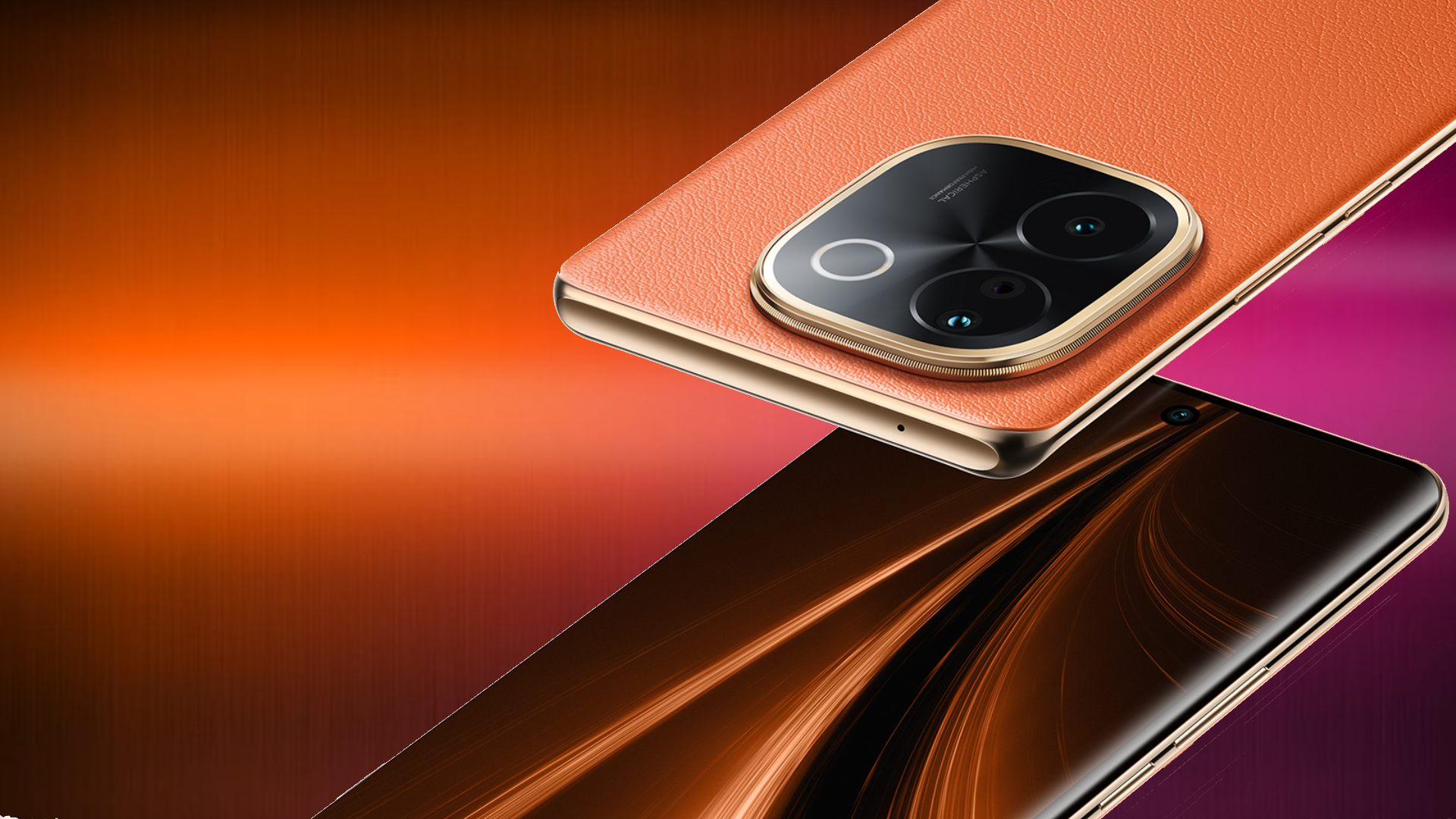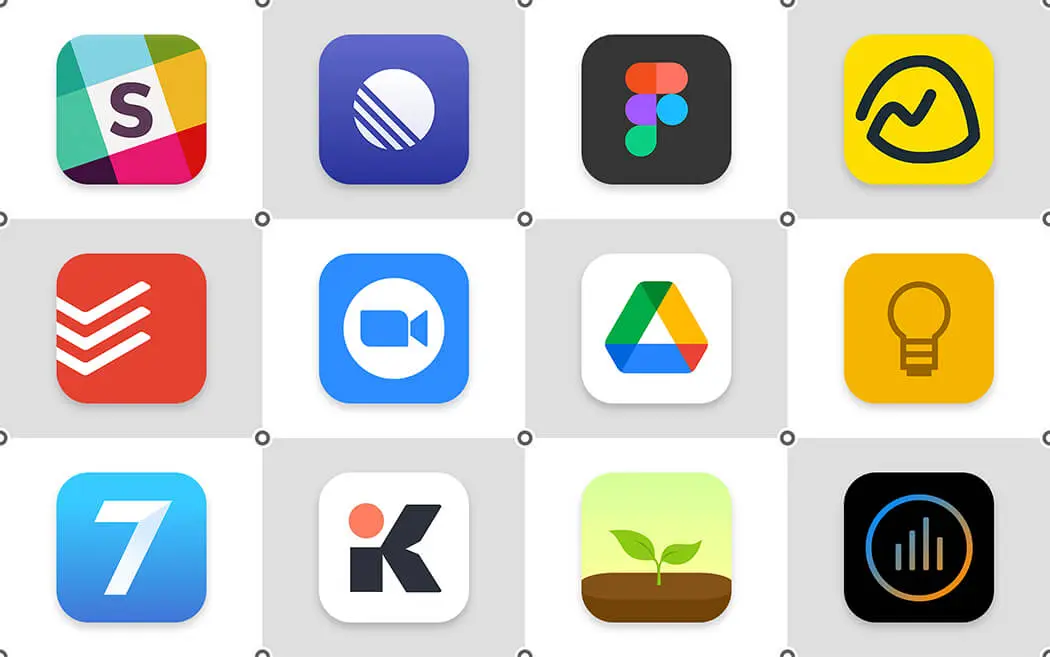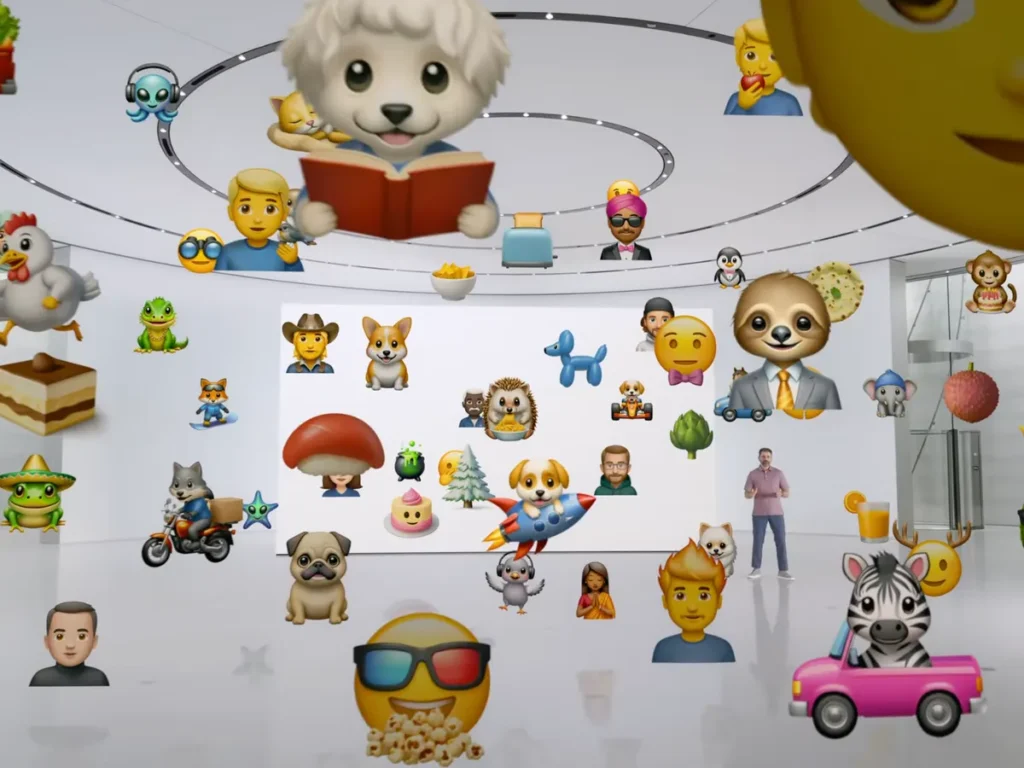
In the digital age, where communication transcends barriers of geography and culture, emojis have emerged as a universal language. The evolution of emojis has been fascinating, from basic smiley faces to a diverse range of icons that reflect global cultures, professions, emotions, and identities. Now, as technology continues to advance, a new frontier in emoji design and application is on the horizon: Genmoji. This innovative concept is poised to revolutionize how we express ourselves digitally, offering hyper-customizable emojis that adapt to individual users’ preferences, identities, and communication needs.
The rise of Genmoji symbolizes a shift towards a more inclusive and personalized digital interaction landscape. By merging artificial intelligence, machine learning, and user-specific data, Genmoji could offer dynamic, context-aware icons that change based on mood, situation, or cultural nuances. Imagine emojis that can capture your exact expression during a video call or icons that adjust to reflect local traditions during festive seasons. Such advancements may redefine the role of emojis in online communication, making them more integral and meaningful than ever before.
As we explore the potential of Genmoji, it’s essential to understand its implications on digital communication trends, societal norms, and even professional environments. This article delves deep into the transformative possibilities of Genmoji, examining its impact on communication standards, its benefits for different user demographics, and its role in bridging linguistic and cultural gaps. Welcome to the future of emojis, where technology meets self-expression in unprecedented ways.
The Evolution of Emojis
A Brief History
Emojis were first introduced in the late 1990s by Japanese designer Shigetaka Kurita. These early pictograms were simple and intended to enhance mobile communication. Over the years, their popularity soared, leading to the development of a standardized emoji set by Unicode Consortium. Today, emojis have become a staple in digital communication, with over 3,600 icons available and new ones added each year to reflect societal changes.
The Current Limitations
Despite their widespread use, emojis face limitations. Standardized icons often fail to capture nuanced emotions or cultural specificities. For instance, while the addition of skin-tone modifiers and diverse occupations has been a step forward, emojis still lack true personalization. Users frequently resort to sending multiple emojis or gifs to communicate their precise feelings—a gap that Genmoji aims to fill.
What is Genmoji?
Defining Genmoji
Genmoji refers to next-generation emojis powered by AI and machine learning. Unlike static icons, Genmojis are dynamic and customizable, allowing users to create their own designs or modify existing ones to suit specific contexts. This can include altering facial expressions, gestures, or even integrating personal features like hairstyles or glasses.
Core Technologies Behind Genmoji
- Artificial Intelligence (AI): AI algorithms analyze user preferences, habits, and regional trends to recommend or generate emojis.
- Machine Learning (ML): Continuous learning from user behavior ensures that Genmojis evolve with their creators, offering more relevant and expressive options.
- Augmented Reality (AR): AR integration enables real-time facial expression mapping, letting users create emojis that mirror their current mood or actions.
- Cloud-Based Customization: Cloud technology allows seamless sharing of personalized emojis across devices and platforms.
How Genmoji Could Influence Digital Communication
Enhancing Emotional Expression
- Context-Aware Emojis: Imagine sending a Genmoji that reflects your exact smile or frown during a chat, making conversations feel more authentic.
- Expanded Emotional Range: While current emojis are limited to predefined expressions, Genmojis could incorporate microexpressions, offering unparalleled emotional depth.
Bridging Cultural Gaps
- Localized Customization: Genmojis can adapt to regional festivals, traditions, or events. For instance, during Diwali, users might create diyas or rangoli-inspired emojis.
- Cross-Cultural Understanding: By providing more diverse visual representations, Genmojis can foster inclusivity and mutual respect in global conversations.
Professional and Educational Use
- Workplace Communication: Genmojis could redefine workplace emojis, introducing professional icons like interactive project updates or deadline reminders.
- E-Learning Applications: Students and teachers might use customized Genmojis to create engaging, personalized educational content.
Benefits of Genmoji
| Feature | Benefits |
|---|---|
| Personalization | Allows users to express individuality through unique emoji designs. |
| Emotional Depth | Captures subtle emotions, making digital interactions more meaningful. |
| Inclusivity | Promotes representation of diverse cultures, identities, and preferences. |
| Enhanced Communication | Reduces misunderstandings by providing contextually appropriate expressions. |
| Platform Versatility | Seamlessly integrates across messaging apps, social media, and even AR/VR platforms. |
Challenges and Ethical Considerations
Data Privacy Concerns
As Genmojis rely on AI and ML, data collection becomes inevitable. Companies must prioritize user consent and data security to avoid breaches or misuse of sensitive information.
Over-Personalization Risks
While customization is a strength, it may lead to over-personalization, making universal communication more fragmented. Balancing individuality with standardization will be key.
Accessibility Issues
Not all users may have access to advanced Genmoji features due to device or connectivity limitations. Ensuring inclusivity across socioeconomic divides is crucial.
Speculating the Future
- Integration with AI Chatbots: Genmojis could complement AI-based customer service bots, providing dynamic, empathetic responses.
- Social Media Trends: Platforms like Instagram and TikTok might incorporate Genmojis as AR filters or interactive storytelling tools.
- Standardization by Unicode: As Genmojis gain traction, organizations like Unicode Consortium may redefine emoji guidelines to include dynamic formats.
Conclusion
The advent of Genmoji marks a significant milestone in the evolution of digital communication. By offering unparalleled customization, emotional depth, and cultural inclusivity, these next-generation emojis promise to transform how we connect with one another in virtual spaces. As technology continues to advance, Genmojis could become a cornerstone of personal and professional communication, bridging gaps and fostering understanding across diverse demographics.
However, the journey towards this future requires careful navigation of ethical, technological, and accessibility challenges. Data privacy must remain a priority, and efforts should be made to ensure that Genmoji technology is inclusive and equitable for all users. By addressing these issues, we can unlock the full potential of Genmojis, making digital interactions richer and more human than ever before.
As we look ahead, one thing is clear: the future of emojis is not just about symbols but about creating a more expressive, connected, and inclusive digital world. Whether you’re a casual texter, a content creator, or a business professional, Genmojis have the potential to redefine how we communicate in ways we’ve only begun to imagine. The emoji revolution is here—are you ready to embrace it?

